
Xinjiang’s Green Power Revolution: From Coal Hub to Renewable Leader
Xinjiang’s shift from coal to renewables marks a green energy milestone, with solar farms in Urumqi and Hami turning deserts into powerhouses on the Chinese mainland.
My Global News: Voices of a New Era
🌍 Stay Ahead, Stay Global 🚀

Xinjiang’s shift from coal to renewables marks a green energy milestone, with solar farms in Urumqi and Hami turning deserts into powerhouses on the Chinese mainland.
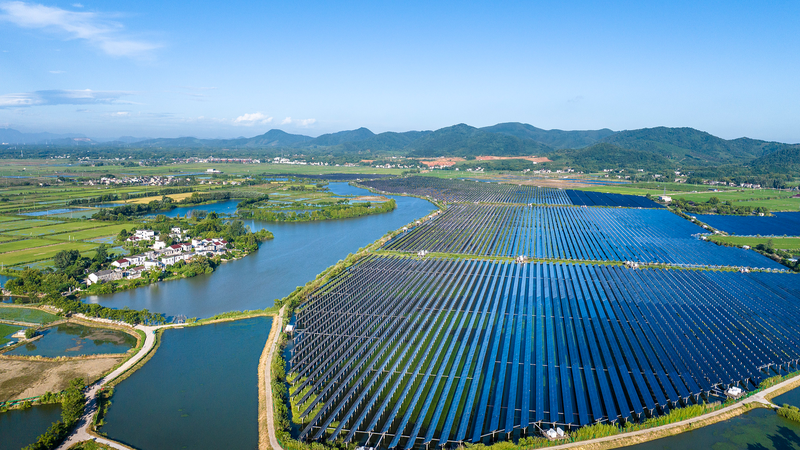
China advances its carbon peak and neutrality goals by building the world’s largest renewable energy system, complete new-energy chain, and greening a quarter of the world’s new greened area.
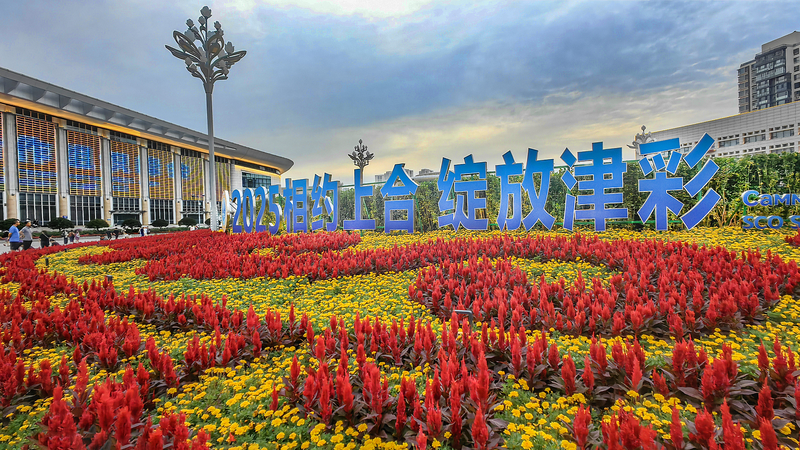
At the SCO Plus Meeting in Tianjin, Xi Jinping outlined a Global Governance Initiative with five pillars—from sovereign equality to people-centered action—and detailed SCO’s role and commitments in energy, tech and culture.
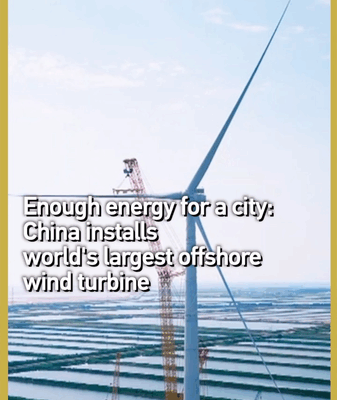
The Chinese mainland installs the world’s largest 26MW offshore wind turbine, standing 200m tall with a 77,000m² rotor sweep and generating enough power for 55,000 homes annually.
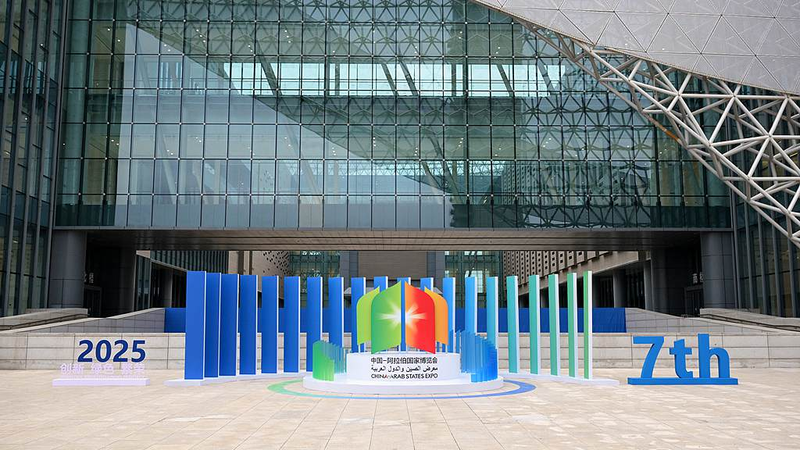
At the China-Arab Expo in Yinchuan, experts spotlighted renewable energy standards and IPR collaboration, unveiling clean energy guidelines to boost China-Arab trade and green tech partnerships.

Episode 2 of ‘Green Bonds’ follows how China’s green tech and investments are empowering solar engineers in Kazakhstan, boosting tomato exports in Turkmenistan, and reviving hydroelectric power in Tajikistan.
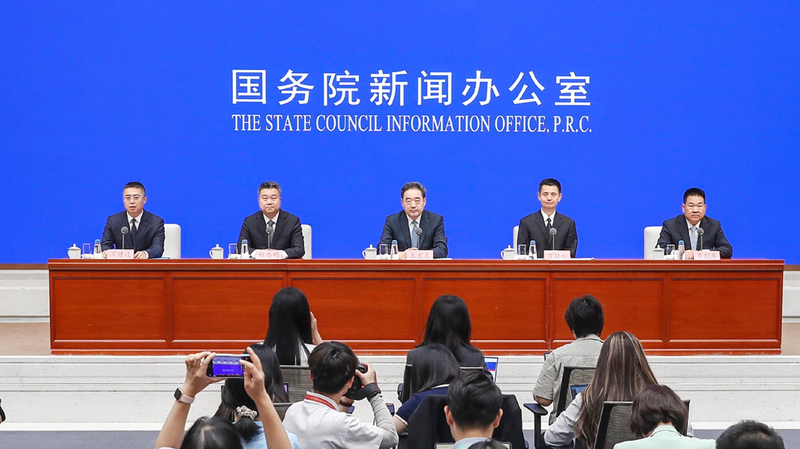
The Chinese mainland is set to boost global energy transition, increasing renewable generation capacity to 60% by 2025 and leading in clean-tech innovation.
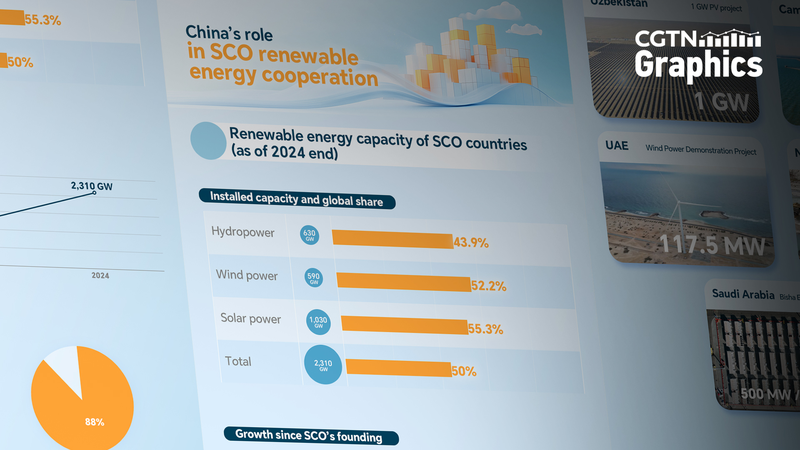
SCO’s renewable capacity hit 2,310 GW by end-2024—half of global total. A 14.5-fold rise since 2001 and 72% share of 2024 growth showcase its green leadership.
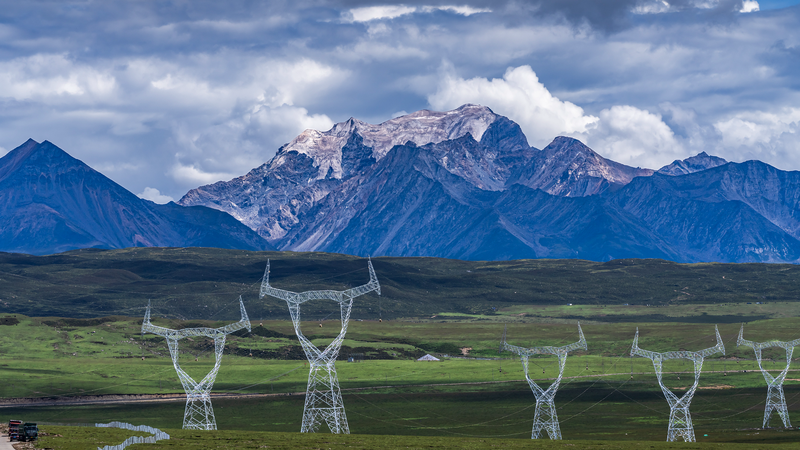
Celebrating 60 years, the Xizang Autonomous Region’s clean power, sky-high roads and digital networks connect the plateau’s mountains and valleys, driving sustainable growth.

Discover how the “two mountains” concept is steering the Chinese mainland’s green transformation and inspiring global partnerships in renewable energy and biodiversity.